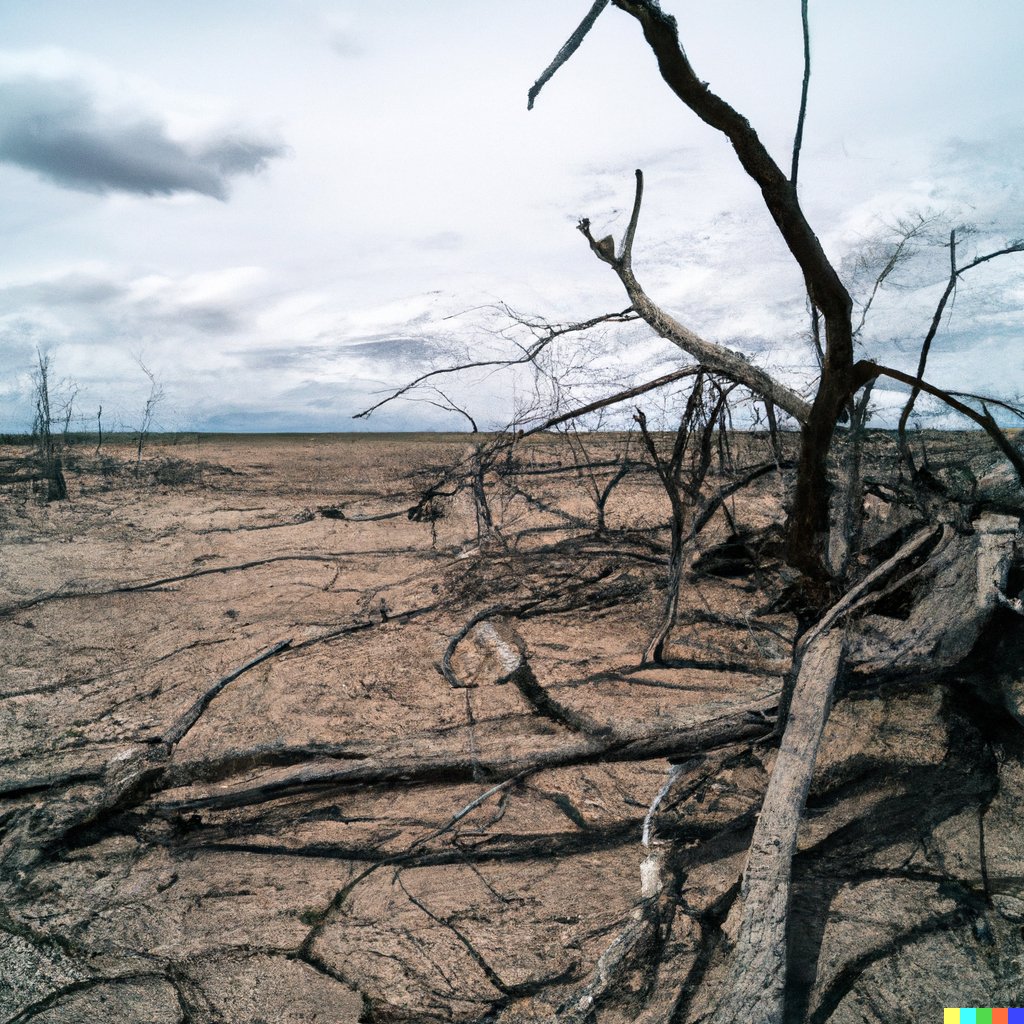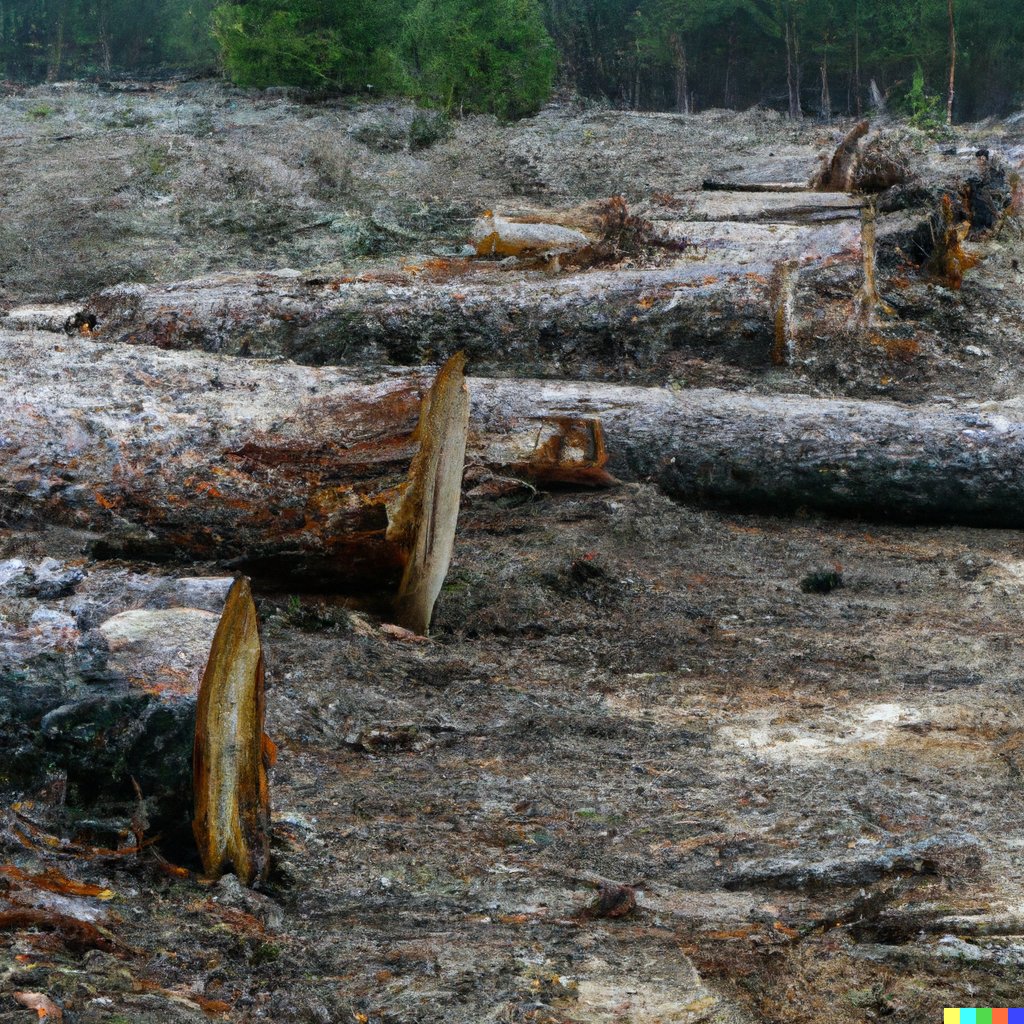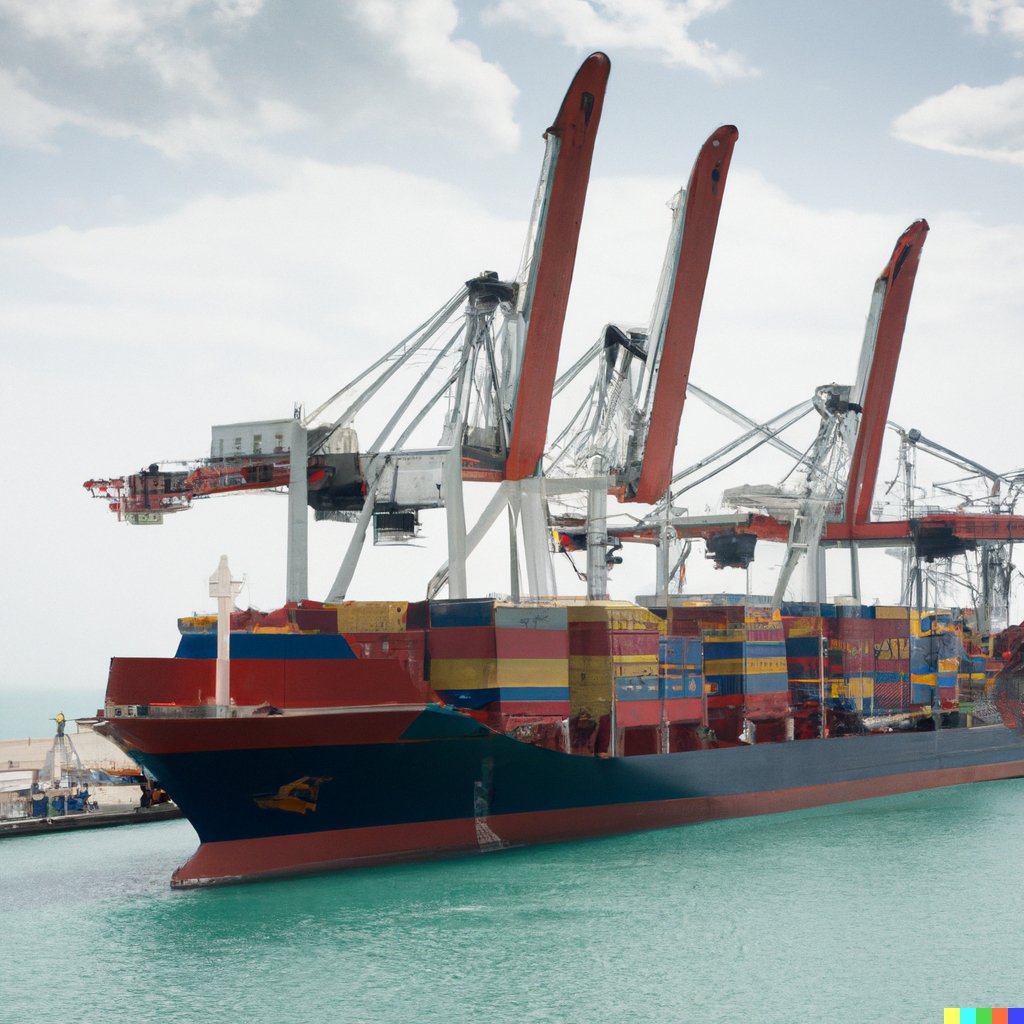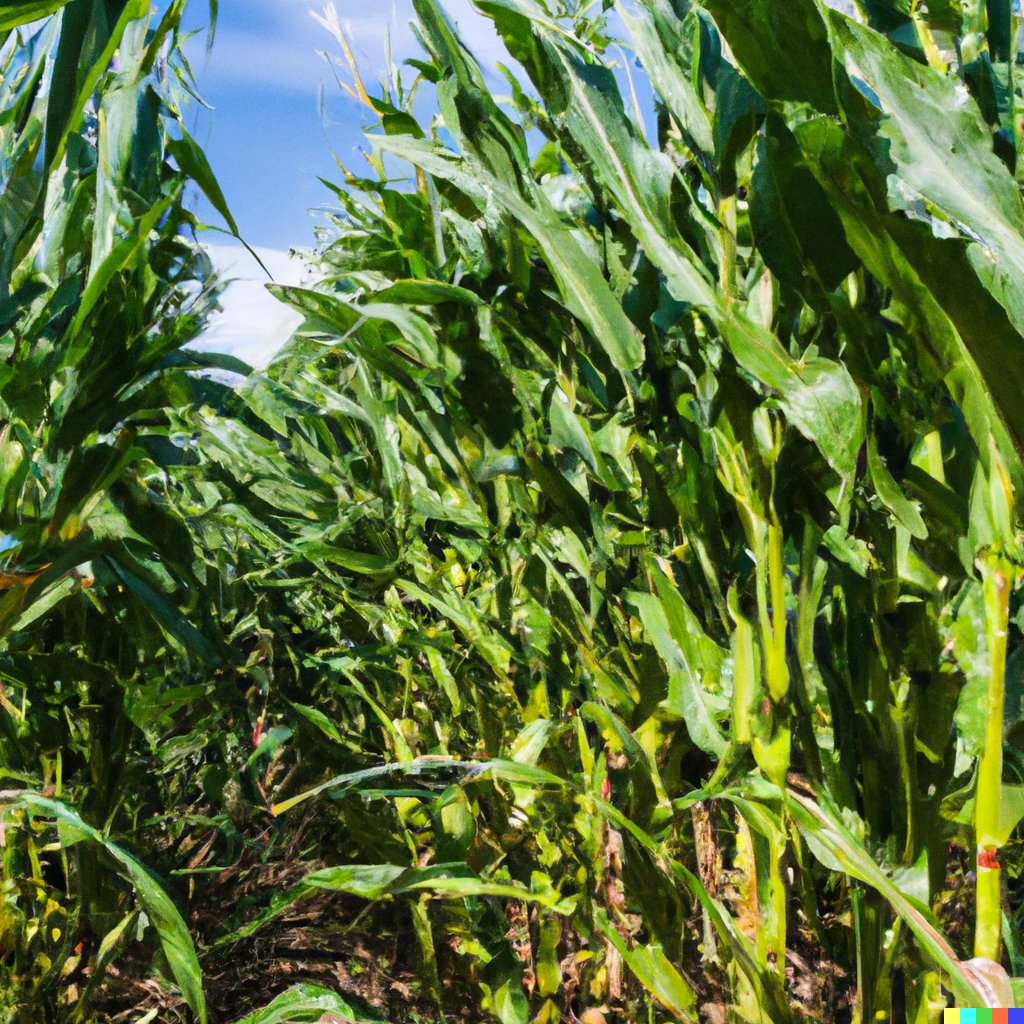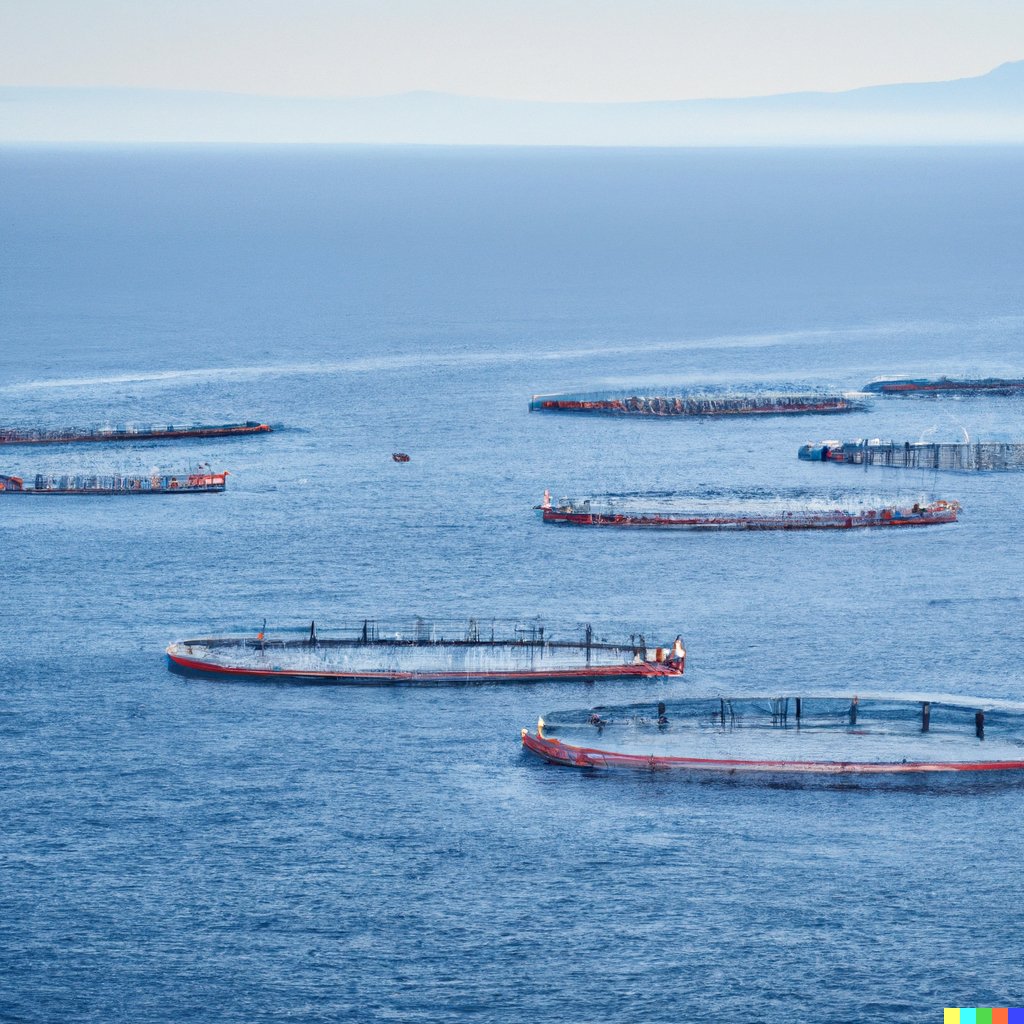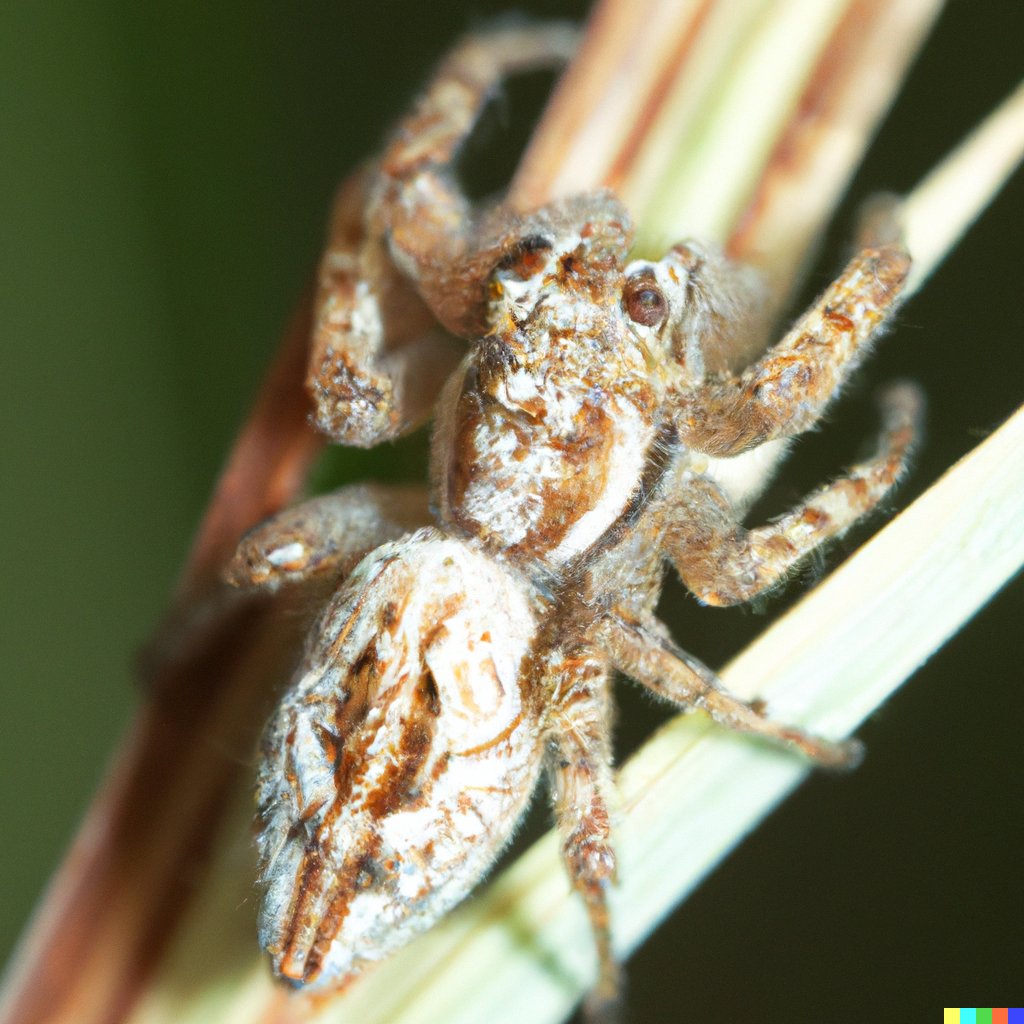
Protecting our environment and advocating for sustainability are paramount for the health of our planet and, by extension, the health of our children. Central to this is understanding the profound effects of invasive species on symbiotic relationships. This article will delve deep into these themes, elucidating the essence of invasive species, their impact on vital symbiotic relationships, and the broader implications for sustainability.
Why This Matters
The environment we live in today is the legacy we leave for our children. Ensuring that it's a sustainable one is not just about reducing waste or conserving energy. It’s also about preserving the delicate balance of our ecosystems, which are often disrupted by invasive species. Knowing about this is vital for anyone interested in the environment, sustainability, and the health of future generations.
1: What Are Invasive Species?
In simple terms, invasive species are non-native organisms that, when introduced to new environments, can cause harm to the local ecosystem, economy, and even human health. Examples include the Burmese python in Florida or the zebra mussels in North America's Great Lakes.
Globalization is a big part of invasive species world wide.
How Do Invasive Species Impact Symbiotic Relationships? The Threat They Pose
Invasive species can outcompete, prey on, or bring diseases to native species, often leading to declines or extinctions. Furthermore, they can alter the habitats they invade. For instance, fast-growing invasive plants can overshadow native flora, depriving them of sunlight. Such disruptions have cascading effects on the food chain, affecting everything from the smallest insects to large mammals, and subsequently, humans.
Their Broader Impact
Beyond the immediate environmental consequences, invasive species can strain our health resources. Some can become vectors for diseases, while others can impact the quality of our water or the air we breathe. It’s not just an environmental issue; it's a matter of public health and sustainability.
2: The Significance of Symbiotic Relationships
Nature is a complex web of interdependencies. At the heart of many of these are symbiotic relationships—mutually beneficial relationships between different species.
The Essence of Symbiosis
To illustrate, consider the relationship between bees and flowering plants. Bees rely on flowers for nectar, their primary food source. In return, as bees move from flower to flower, they pollinate them, enabling the plants to reproduce. This relationship is a classic example of mutualism, one of several types of symbiosis.
How Symbiosis Keeps Ecosystems Healthy
Symbiotic relationships are the glue that holds ecosystems together. They ensure nutrient cycling, promote biodiversity, and maintain the balance of ecosystems. Disrupting these relationships, say by introducing an invasive species, can lead to unforeseen consequences. For example, if an invasive species preys on bees, it could disrupt the pollination process, affecting the entire ecosystem.
Nature's Delicate Balance
Every organism, no matter how small, plays a role in maintaining the delicate balance of its ecosystem. When this balance is disturbed, the repercussions can be vast and irreversible. As such, understanding and preserving symbiotic relationships is crucial for the sustainability of our environment.
3: Disruption of Symbiotic Relationships by Invasive Species
Invasive species, by their very nature, have the potential to disrupt established symbiotic relationships. This disruption can lead to a series of negative consequences that affect the health and balance of the ecosystem.
Uncontrolled Population Growth
Invasive species often experience rapid population growth in new environments, primarily due to a lack of natural predators. This uncontrolled growth can lead to the invasive species outcompeting native species for resources, which in turn disrupts established symbiotic relationships.
Disruption of Ecological Balance
As invasive species dominate an ecosystem, they can alter the environment to their advantage, leading to the degradation of habitats vital for native species. This not only disrupts symbiotic relationships but also threatens the survival of native species.
4: Habitat Modification and Increased Vulnerability
One of the significant consequences of invasive species is their ability to modify habitats. These modifications can render ecosystems vulnerable to disturbances, further accelerating environmental degradation.
Habitat Modification
Invasive species often introduce new behaviors, feeding habits, and reproductive strategies that can modify habitats. For instance, an invasive plant species might change the soil composition, making it unsuitable for native plants.
Increased Vulnerability to Disturbances
As invasive species modify habitats, they make ecosystems more susceptible to disturbances like fires, floods, and diseases. These disturbances can lead to the loss of biodiversity and further imbalance in the ecosystem.
5: Impact on Ecosystem Services and Biodiversity
Ecosystem services are the benefits nature provides, such as clean air, water, and pollination of crops. Invasive species can drastically affect these services, leading to consequences on a global scale.
Impact on Ecosystem Services
Invasive species often outcompete native species, altering the way ecosystems function. This disruption can lead to decreased water quality, reduced fish populations, and a decline in pollination services, impacting food security.
Worldwide Mono Species and Reduction of Biodiversity
The dominance of invasive species leads to a phenomenon where diverse ecosystems transform into single-species systems. This reduces biodiversity, leaving ecosystems vulnerable to diseases and affecting their resilience.
6: Economic and Environmental Costs
Invasive species not only harm our natural world but also strain our economic resources.
Economic Costs
The spread of invasive species leads to increased management costs, loss of revenue from agriculture and fisheries, and decreased property values. It's estimated that billions are spent annually to control invasive species globally.
Environmental Costs
The environmental toll includes loss of native species, changes in habitat structure, nutrient cycling, and decreased water availability, further accelerating climate change impacts.
7: Preventive Measures and Early Detection
To curb the detrimental impacts of invasive species, early detection and preventive measures are critical. Prevention is the only solution to this irreversible problem.
Preventive Measures
Implementing strict biosecurity measures, public education campaigns, and habitat restoration can help prevent the introduction and spread of invasive species.
Early Detection and Rapid Response
Early detection systems, combined with rapid response protocols, can help manage invasive species before they become established, reducing long-term control costs.
8: What to Avoid
When discussing the topic of invasive species, there are certain actions and behaviors that individuals, communities, and nations should avoid to prevent the introduction and spread of these species. Here are some key points to consider:
- Importing Non-native Plants and Animals: Avoid bringing plants, animals, or seeds from one region to another without proper checks. Many invasive species have been introduced through human activities, either accidentally or intentionally.
- Releasing Pets into the Wild: Never release aquarium fish, plants, or other pets into the wild. Even if they seem harmless, they could become invasive in a new environment.
- Using Invasive Species in Landscaping: Some invasive plants are popular in landscaping because they grow quickly. However, they can easily spread to natural areas and outcompete native plants.
- Disposing of Bait Improperly: After fishing, never dump live bait into waterways. They can establish populations and become invasive.
- Improper Waste Disposal: Ensure that you dispose of garden and kitchen waste properly. Some invasive species can spread through seeds or fragments in compost.
- Transporting Firewood: Don't transport firewood over long distances. Invasive insects and diseases can hide in wood and spread to new areas.
- Ignoring Quarantines: Adhere to agricultural and natural resource quarantines meant to prevent the spread of invasive species.
- Not Cleaning Equipment: Always clean boats, trailers, and equipment before moving from one body of water to another. This prevents the spread of aquatic invasive species.
- Not Reporting Sightings: If you come across an organism that you suspect might be an invasive species, it's essential to report it to local authorities. Avoid ignoring or underestimating the potential threat.
- Using Chemical Controls Without Research: Before using pesticides or herbicides to control invasive species, it's important to research and ensure that the chemicals won't harm non-target species or the environment.
- Lack of Education: Not educating oneself and others about the threats posed by invasive species can lead to unintentional introductions or spread.
- Assuming Small Numbers Aren't a Threat: Even a small number of invasive species can reproduce and become a significant problem. Don't underestimate the potential of a few individuals to establish a population.
- Ignoring the Problem: Thinking that invasive species are someone else's problem can lead to inaction. Collective efforts are needed to address and manage invasive species effectively.
By avoiding these behaviors and taking proactive steps, we can minimize the impact of invasive species on our ecosystems, economies, and communities.
The presence of invasive species in an ecosystem can lead to various consequences, both positive and negative. Here, we break down the drawbacks and benefits associated with invasive species:
Drawbacks of Invasive Species:
- Biodiversity Loss: Invasive species can outcompete, prey on, or bring diseases to native species, leading to declines or extinctions.
- Ecosystem Disruption: They can alter the physical structure of an ecosystem, change the species composition, and interfere with the natural functioning and processes of the ecosystem.
- Economic Impact: Invasive species can affect agriculture, forestry, and fisheries, leading to significant economic losses. Costs also arise from efforts to control and manage invasive populations.
- Human Health Risks: Some invasive species can carry diseases that affect humans or can increase the risk of fires.
- Loss of Aesthetic Value: Invasive species can change the landscape's appearance, often reducing the aesthetic and recreational value of natural areas.
- Alteration of Habitats: They can modify habitats, making them unsuitable for native species. For example, some invasive plants can change the soil chemistry to favor their growth over native plants.
- Reduced Water Quality: Certain invasive species, like some algae, can proliferate rapidly and produce toxins harmful to aquatic life, reducing water quality.
Benefits of Invasive Species:
- Economic Value: Some invasive species are commercially valuable. For instance, several non-native crops are vital for agriculture.
- Recreation: Some non-native fish species, introduced for sport fishing, have become significant recreational resources in certain regions.
- Biological Control: Some invasive species can act as natural predators or competitors to other more damaging pests or invasive species.
- Erosion Control: Some invasive plants can stabilize soil and prevent erosion, especially in disturbed areas.
- New Habitats: In some cases, invasive species can create or enhance habitats for native species. For instance, non-native trees might provide nesting sites for native birds.
- Scientific Research: Studying invasive species can offer insights into ecological and evolutionary processes, providing valuable information for scientists.
- Waste Treatment: Some invasive aquatic plants can be used in wastewater treatment by absorbing pollutants.
While there are some potential benefits to invasive species, it's crucial to note that the negative impacts often outweigh the positive ones, especially from an ecological perspective. As such, the management and control of invasive species are essential to protect native ecosystems and the services they provide.
Conclusion
In conclusion, while invasive species present a daunting challenge, understanding their impact and taking proactive measures can safeguard our environment. For the sake of our planet, our health, and future generations, it's imperative to take action. Let's champion sustainability and ensure our children inherit a world rich in biodiversity. Share this knowledge and be an active participant in conservation efforts. Every effort counts.
Lazy Sustainability: A Final Thought
We live in a fast-paced world. While it's essential to be proactive in our sustainability efforts, it's also crucial to find easy, "lazy" ways to be sustainable. By simply educating ourselves and spreading awareness about issues like invasive species, we can make a difference. Knowledge is power, and in this case, it’s also the key to a sustainable future for our children.
In conclusion, for the sake of our environment, our health, and future generations, it's imperative to understand the interplay between invasive species and symbiotic relationships. By doing so, we can work towards a more sustainable future.
FAQ: Impact of Invasive Species on Symbiotic Relationships
Q1: What are invasive species? A1: Invasive species are non-native organisms that, when introduced to a new environment, can cause harm to the local ecosystem, economy, or human health.
Q2: How do invasive species impact symbiotic relationships? A2: Invasive species can disrupt established symbiotic relationships by outcompeting, preying on, or bringing diseases to native species, leading to imbalances in the ecosystem.
Q3: Why should we be concerned about invasive species? A3: Beyond harming biodiversity, invasive species can lead to economic costs due to damage to agriculture, infrastructure, and more. They can also affect human health by introducing new diseases or increasing the spread of existing ones.
Q4: How do invasive species affect ecosystem services? A4: They can reduce the quality of water, soil, and air, impact pollination and seed dispersal, and lead to a decline in native species that are vital for a balanced ecosystem.
Q5: Are there any benefits to invasive species? A5: While generally detrimental, some invasive species can provide short-term benefits such as erosion control or even act as food sources in certain areas. However, the long-term negative impacts often outweigh these benefits.
Q6: How can we prevent the spread of invasive species? A6: Preventative measures include careful monitoring, stringent import and export regulations, public awareness campaigns, and rapid response to newly detected invasions.
Q7: Why is understanding the impact of invasive species on symbiotic relationships crucial for a sustainable future? A7: By understanding these impacts, we can develop effective strategies to restore and maintain balanced ecosystems, ensuring biodiversity and the health of our planet for future generations.







